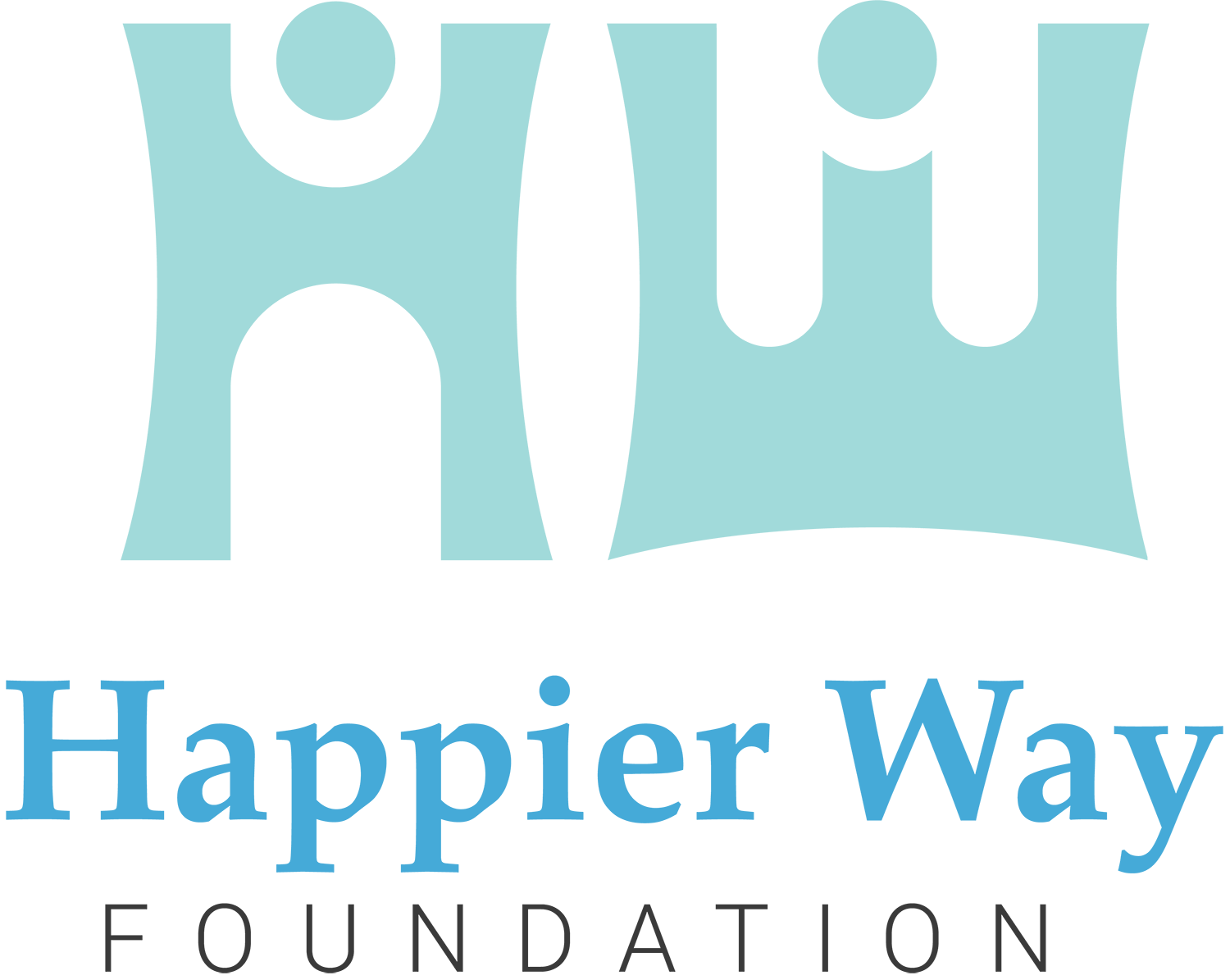- An updated McKinsey Global Institute Report warns that not taking gender-responsive actions during the pandemic could lead to a $1 trillion loss in global GDP by 2030.
- Australia is working with regional partners where 75%-90% of market vendors are women to install sanitation and safety equipment to limit the spread of COVID-19.
- As companies seek to find an edge in the recovery from COVID-19, we cannot miss more opportunities to fully realise the enormous economic potential of women and girls.
Even before the full social and economic impacts of COVID-19 are realised, the World Economic Forum Global Gender Gap Report 2020 showed just how much work there is still to do to achieve gender equality. That report suggested it would take a further 99.5 years to achieve gender parity, and research since has shown that fallout from the pandemic has adversely affected women even more.
Based on economic data that has been released during the past 12 months, we have seen that the pandemic has exacerbated inequalities around the world, including gender inequalities.
According to the latest IMF World Economic Outlook report the “severe collapse in 2020 … has had acute adverse impacts on women, youth, the poor, the informally employed and those who work in contact-intensive sectors”.
UN data has also confirmed the precariousness of women’s economic engagement globally. Its research suggests sectors hit hardest by the pandemic have tended to be those that are highly feminised, such as tourism, hospitality and retail. As a result, women’s employment is 19% more at risk compared to men’s employment.
There are approximately 740 million women working in the informal economy globally and taking into account the significant income loss they are experiencing, there are serious questions as to how we will maintain the hard-fought gains and continue to advance efforts to address poverty.
While we know from previous crises that women tend to be among those most significantly affected, we also know when women’s individual economic security improves, their participation in work and leadership has flow-on benefits for business, industry and entire economies.
How investing in women could be key to post-pandemic recovery
Here in Australia, the Workplace Gender Equality Agency (WGEA) and BankWest Curtin Economics Centre released a study last year that for the first time demonstrated a causal link between women’s representation on boards of our top 200 companies (ASX200) and improvements in performance and profitability.
As the study noted, inequalities such as the gender pay gap “not only challenge basic notions of fairness, they compromise the current and future economic security of women and represent a lost opportunity in human capital investment and potential”.
As companies seek to find an edge on the road to recovery from COVID-19, they are no doubt considering what else they can do and how changes in the way they operate might improve their performance.

Hopefully, these questions lead to an examination of other pressing issues, such as how to address workforce participation and the gender pay gap, how to ensure there is sufficient diversity and inclusion in our boardrooms, whether we are supporting men and women equally in managing their work and care responsibilities, and how to maximise the potential of women – in all their diversity – by offering the right type of skills development.
Women’s full, equal and meaningful participation in the COVID-19 recovery and response is critical to achieving this gender-responsive approach. UN Women’s recent calculations confirm the findings of the Forum’s Global Gender Gap Report findings. They show that, at the current rate, gender parity in ministerial positions will not be reached until 2077 – and gender parity in the highest decisions of power will not be reached for another 130 years.
How Australia is responding in our region
The Australian government is a strong advocate for gender equality and women’s economic empowerment. During the pandemic, it has taken actions domestically and internationally to ensure that we continue our efforts to support women’s safety and security. In the past 12 months, the Australian government has released its second Women’s Economic Security Statement, a $150 million COVID-19 domestic and family violence response package, as well as an international response, Partnerships for Recovery, which places the needs of women and girls as a priority.
Australia is working with partners in our region as they grapple with the economic impacts of COVID-19. In the Pacific – where between 75% and 90% of market vendors are women – Australia has supported UN Women projects that make markets safer, healthier and more accessible. This has included hygiene measures to ensure markets can remain open and COVID-19 safe. In Papua New Guinea, Australia has worked with the government to install water and sanitation infrastructure, and provide safety equipment and basic training for the vendors to limit the spread of COVID-19. This sits alongside longer-term efforts to support women to take on leadership roles in vendor associations, which means women are increasingly driving policies that better support their needs in the markets.
What’s the World Economic Forum doing about the gender gap?
Under the Australian government’s Investing in Women program, a number of companies in Southeast Asia have undertaken COVID-19 impact assessments and adjusted their Gender Action Plans to respond to the effects of the pandemic on their workforce. Through this initiative, there has been a strong appetite for flexible working toolkits to help companies adapt to the current situation and to understand the ongoing value to businesses and employees of adaptable working arrangements.
These two examples demonstrate that if we are to advance gender equality, we need a combination of practical actions and changes in social and cultural norms. Australia will continue to work in partnership with countries in the Indo-Pacific to support better gender equality outcomes.
Governments alone will not be able to address these issues, and will need to work with business and civil society. As we seek to come out of the COVID-19 crisis in a better position than we went in, we cannot miss more opportunities to fully realise the enormous economic potential of women and girls.
The business case for taking action
For a number of years, the evidence base around the benefits to the economy of addressing gender inequalities has continued to improve. The renowned McKinsey Global Institute Report, which highlighted the potential to add a further $12 trillion to the global economy by 2025 by advancing gender equality, is often cited as an example of the potential gains to be made by addressing inequality.
Interestingly, an update of this study undertaken during COVID-19 warned that not taking gender-responsive actions during the pandemic could lead to a $1 trillion loss in global GDP by 2030, whereas taking action could ensure that we maintain the trajectory previously identified in the McKinsey studies – so an overall $13 trillion boost to global GDP in 2030 is possible.
Put simply, gender equality is good for societies, economies and the global community.
There is simply no time to lose – it must not take 99.5 years to achieve gender equality as the last World Economic Forum’s Global Gender Gap report predicted. We must work harder and faster for the benefit of all, but particularly women and girls.
Written by
Julie-Ann Guivarra, Ambassador for Gender Equality, Australia
The views expressed in this article are those of the author alone and not the World Economic Forum.
From https://www.weforum.org/agenda/2021/03/international-womens-day-investing-in-women-is-key-to-post-pandemic-recovery/














